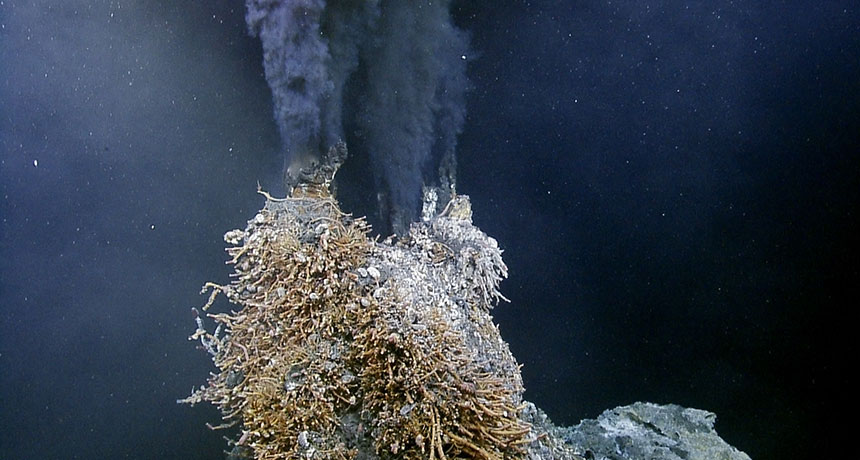
SMOKE IN THE WATER Ecosystem-supporting hydrothermal vents in the deep ocean are much more common than previously thought, new research shows.
Ocean Networks Canada/Flickr (CC BY-NC-SA 2.0)

SMOKE IN THE WATER Ecosystem-supporting hydrothermal vents in the deep ocean are much more common than previously thought, new research shows.
Ocean Networks Canada/Flickr (CC BY-NC-SA 2.0)